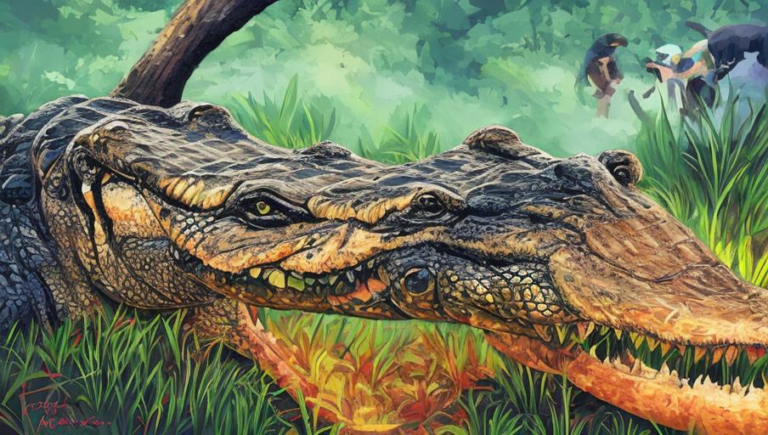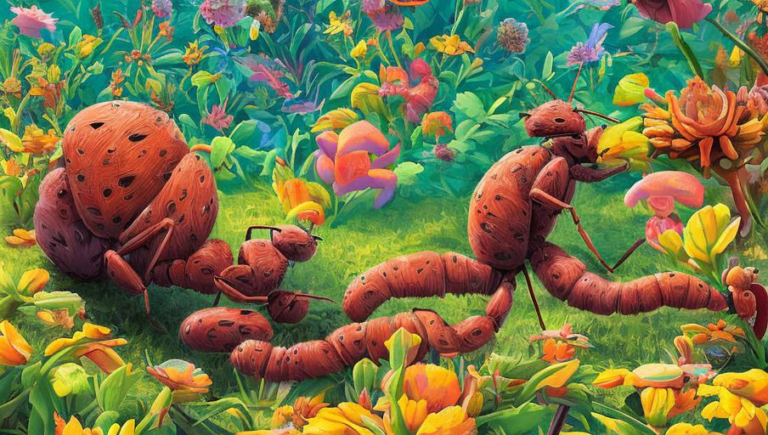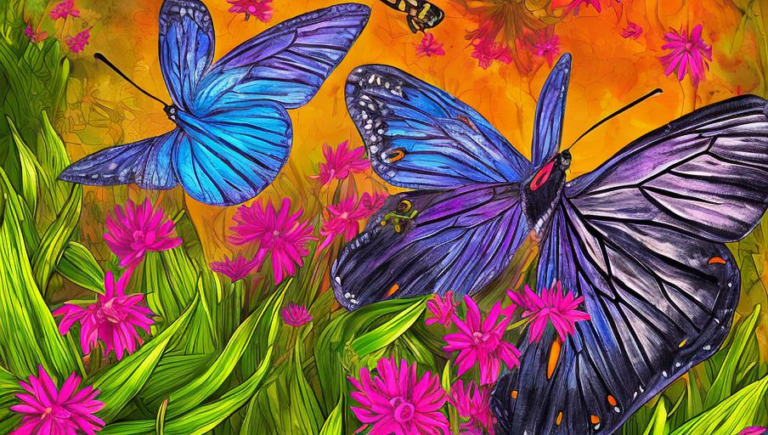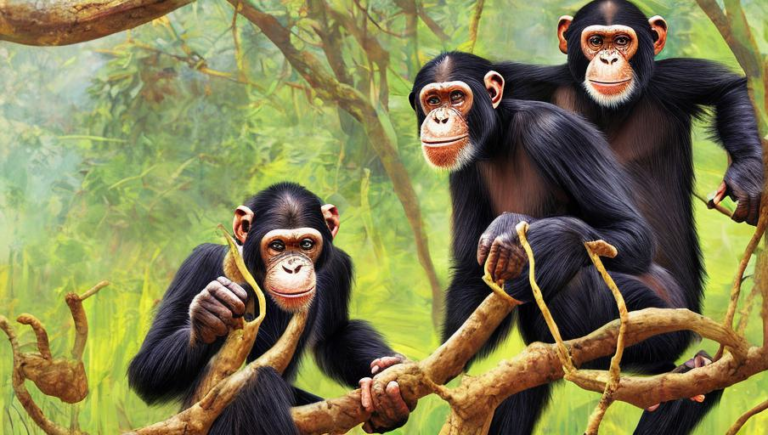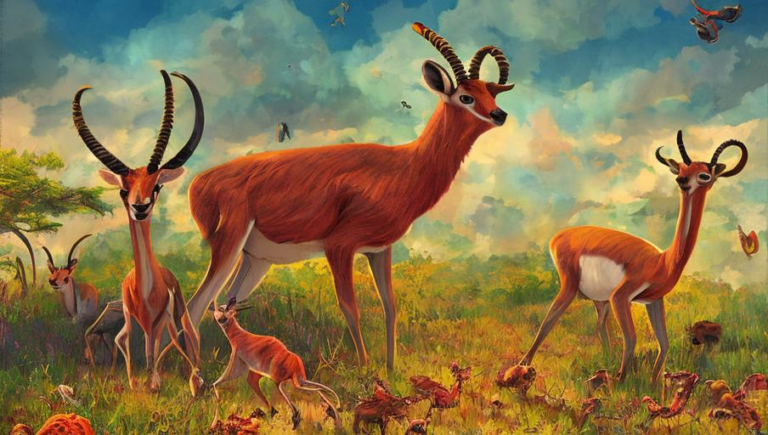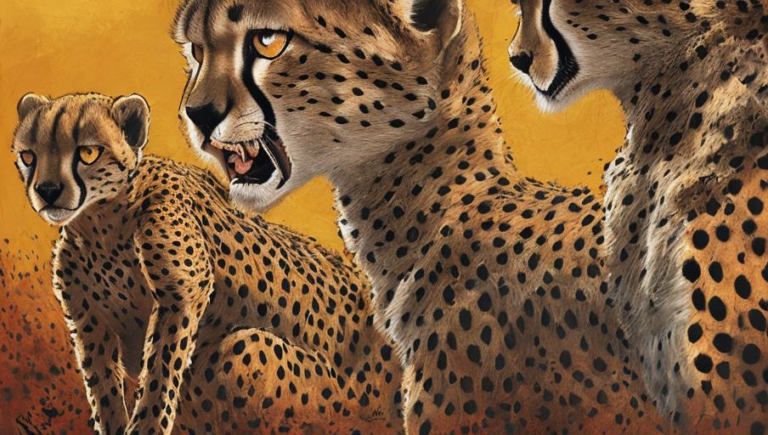Eggs, Feathers, and Ducks
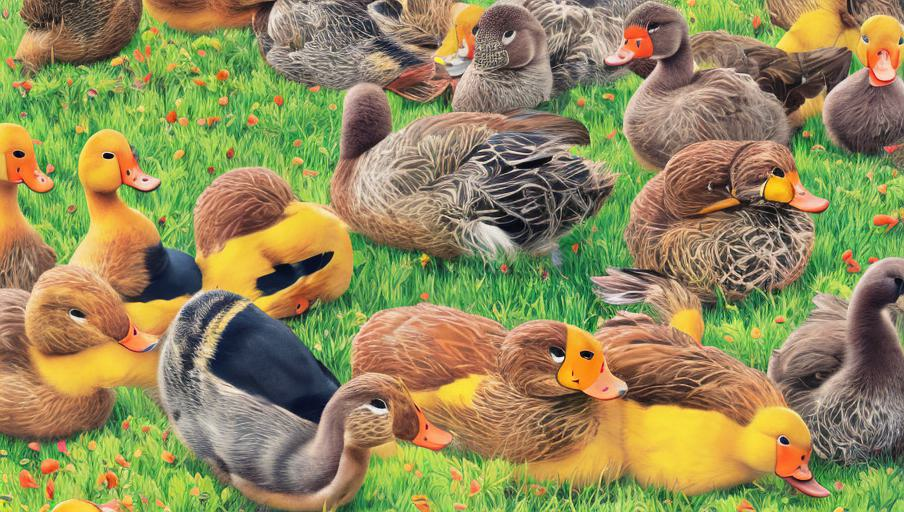
A Closer Look at Ducks
Ducks are an interesting species of birds, found all over the world, from the Arctic to the tropics. They are members of the Anatidae family, which also includes swans and geese. Ducks are highly adaptable and can be found living in both aquatic and terrestrial habitats. They have a variety of different plumages, from dark browns to whites, and can be identified by their characteristic bill shape and quacking sounds.
Diet and Behavior
Ducks are omnivores, meaning they eat both plant and animal matter. They mainly feed on aquatic vegetation, insects, and small aquatic animals. Some species of ducks may also scavenge for food on land. Ducks are highly social animals, often seen in large flocks. They also have complex behaviors such as preening, anting, and courtship displays.
Reproduction
Ducks are monogamous, meaning they form pairs with just one partner during breeding. They lay their eggs in a nest on the ground or in a tree cavity and can lay up to 12 eggs at once. After incubation, the female will lead the ducklings away from the nest and teach them how to swim, forage for food, and avoid predators. Generally, the ducklings will remain with the female for up to two months before they become independent.
Conservation
Ducks are an important part of the environment, as they are essential to the health of aquatic ecosystems. They help keep insect populations in check, and their droppings provide essential nutrients to the water. Unfortunately, ducks are threatened by habitat loss, pollution, hunting, and climate change. Several organizations are working to protect ducks and their habitats, such as the Audubon Society and Ducks Unlimited.
Conclusion
Ducks are fascinating creatures, with unique behaviors and adaptations. They are an important part of the environment and are threatened by human activities. Conservation efforts must be supported in order to ensure the continued survival of ducks and other wildlife.
